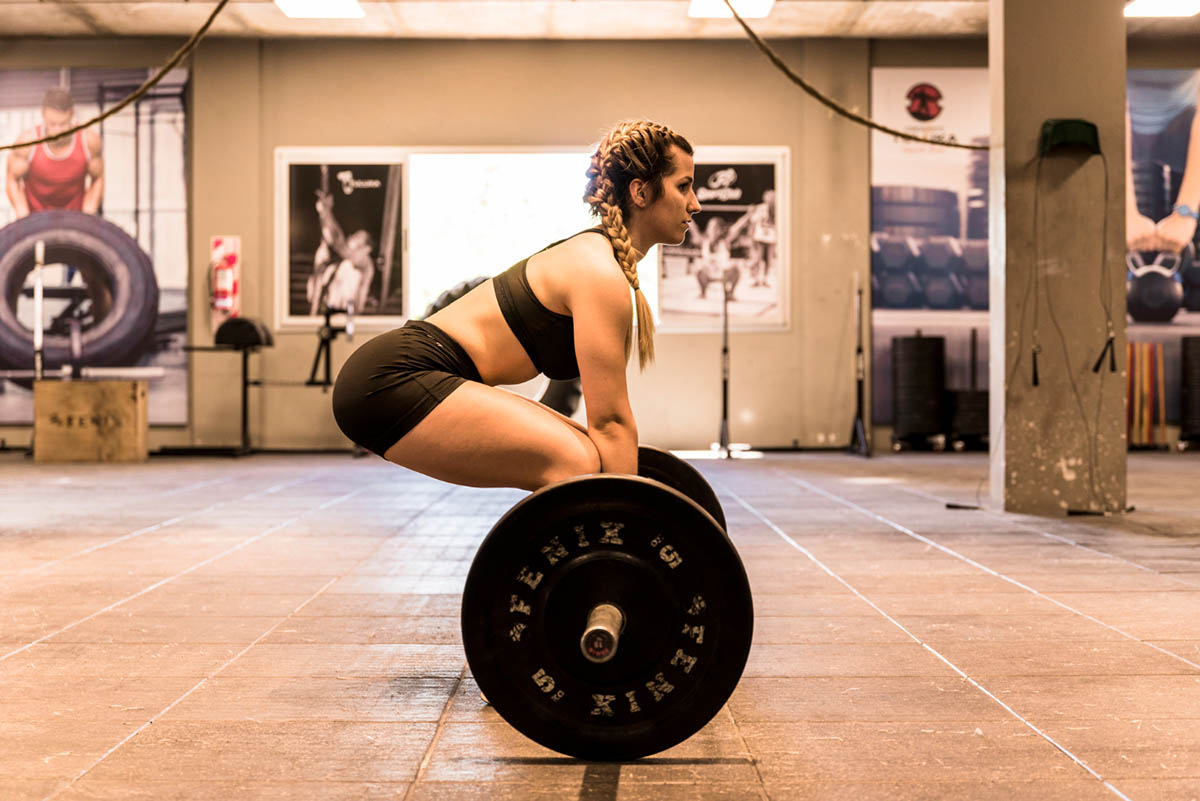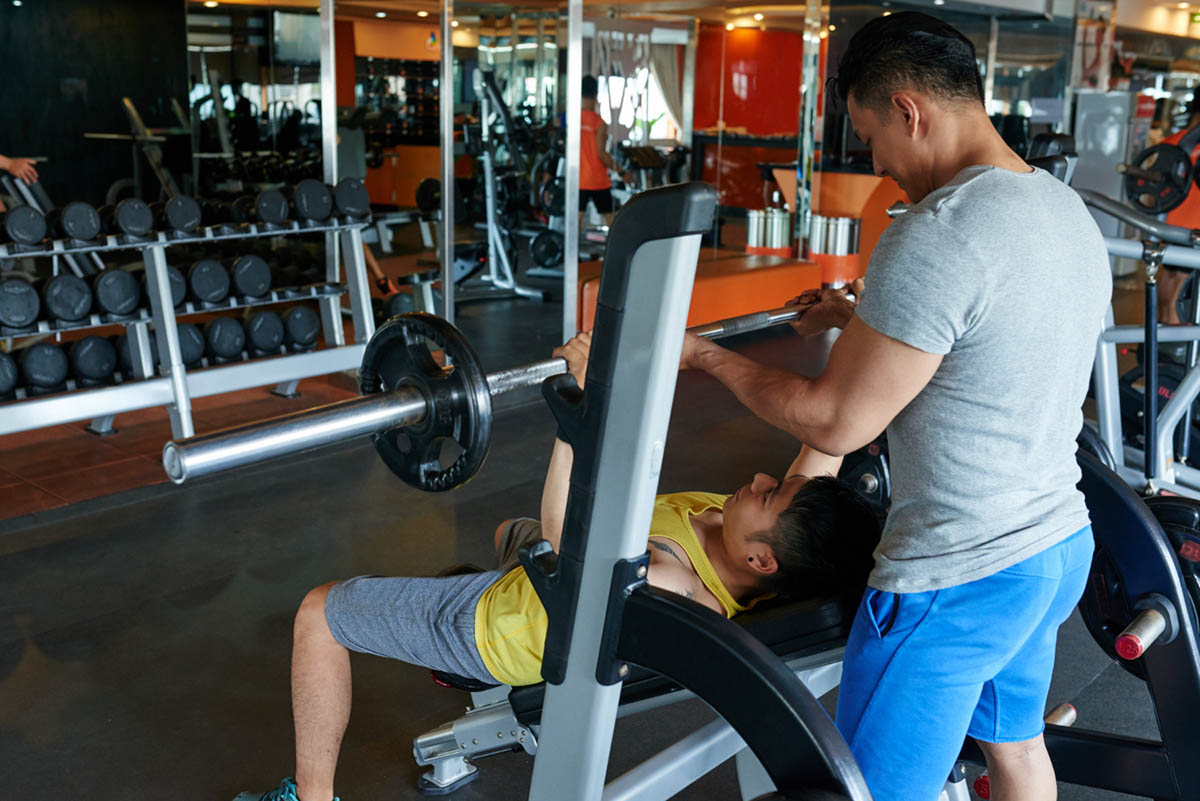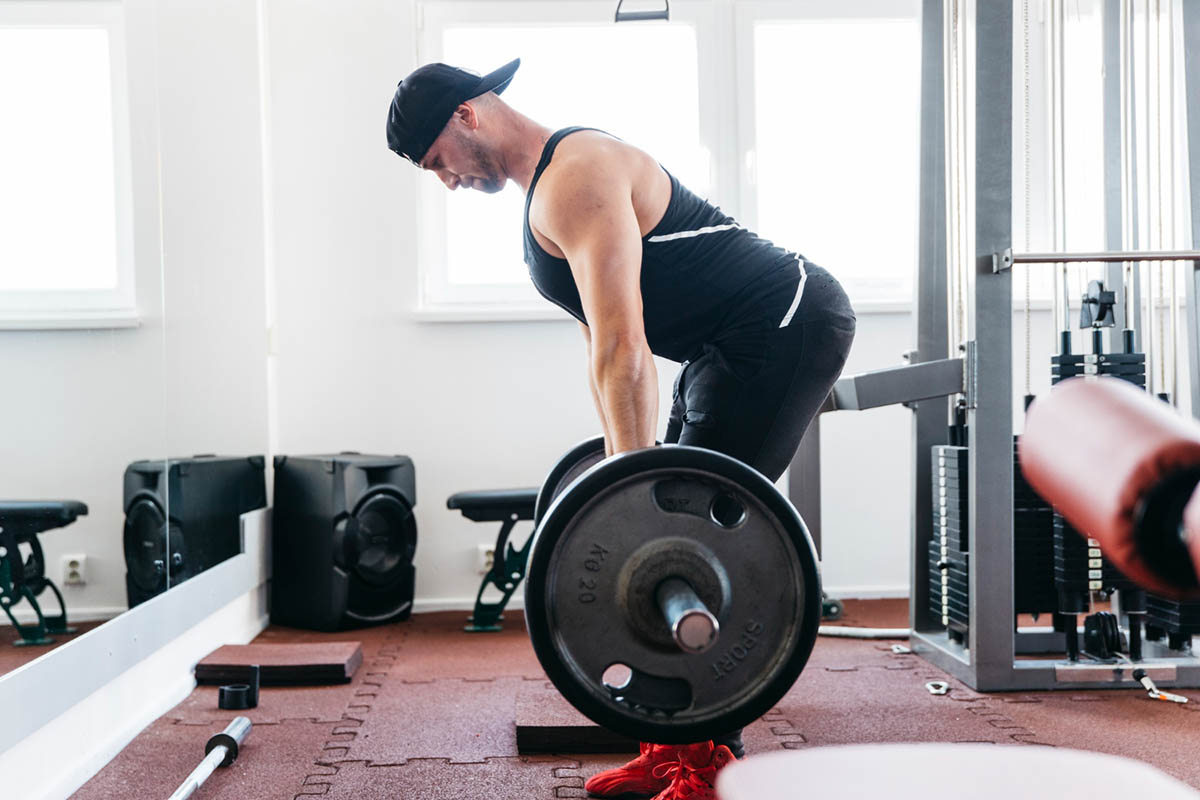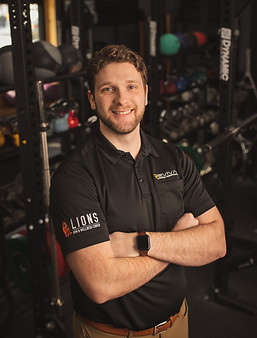Introduction
The deadlift is a king among exercises, building strength and power in the posterior chain. However, lower back pain from deadlift is a common complaint, often resulting from improper technique or inadequate preparation. This blog equips you with the knowledge to prevent and recover from lower back pain after deadlifts, ensuring you reap the benefits without the pain.
Understanding Lower Back Pain
Lower back pain is a widespread issue, affecting up to 70-80% of people. It is also considered a persistent and the most annoying condition people deal with at some point in their lives. It can manifest as a dull ache, sharp pain, or tightness in the lower back region. While deadlifts can certainly trigger this pain, it’s important to understand the various causes.
Common Causes of Lower Back Pain from Deadlifts
Several factors can contribute to deadlift lower back pain. Here’s a breakdown of the common causes:
Poor Form
This is the most common cause. Deadlifts require a specific form to ensure proper muscle recruitment and protect your lumbar spine. Rounding your back, lifting with your legs straight, or not engaging your core are all form breakdowns that can lead to lower back strain.
Lack of Mobility
Tight hamstrings, hips, and ankles can limit your range of motion and ability to perform a deadlift with proper form. This can put unnecessary stress on your lower back.
Insufficient Warm-Up
A cold body is a stiff body. Without proper warm-up, your muscles and joints are less prepared for the demands of the deadlift. This can increase the risk of injury.
Overloading
Lifting heavy weights can overwhelm your body’s ability to maintain proper form. This can put additional stress on the back, leading to lower back pain from deadlifts.
Improper Lifting Technique

There’s more to deadlifting than just picking up the weight. Using straps incorrectly, not setting your back up properly, or not maintaining a neutral spine throughout the lift can all contribute to pain.
Fatigue
Training when fatigued hinders your form and coordination, making you more susceptible to potential injury.
Weak Core and Back Muscles
A strong core and back are important for stabilizing your spine during the deadlift. Weak core and back muscles can lead to muscle imbalances and lower back pain deadlifts.
Existing Health Conditions
Certain medical conditions like disc herniations or spinal stenosis can make you more prone to lower back pain during deadlifts or even severe injuries.
Preventing Lower Back Pain
By incorporating the following strategies, you can significantly reduce your risk of experiencing lower back pain from deadlifts:
Importance of Warm-up and Stretching
Before hitting the deadlifts, dedicate 5-10 minutes to a dynamic warm-up that includes light cardio and dynamic stretches for your hamstrings, hips, and ankles. This will improve blood flow, loosen tight muscles, and prepare your body for physical activity.
Correct Deadlift Form and Technique
Mastering proper technique or deadlift form is non-negotiable. Invest in getting coaching from a qualified trainer who can assess your form and provide personalized guidance. There are also numerous high-quality instructional videos online that can help you visualize correct lifting techniques.
Role of Core Strength in Preventing Lower Back Pain
A strong core is essential for stabilizing your spine during the deadlift. Exercises like planks, bird dogs, and bridges are fantastic for strengthening your core and preventing lower back pain.
Immediate Steps After Experiencing Lower Back Pain
If you experience lower back pain after deadlifts, here’s what to do:
Rest, But Not Too Much
Taking a few days off from heavy lifting allows your body to heal. However, prolonged inactivity can worsen stiffness. Low-impact activities like gentle walking or light cardio can help maintain blood flow and promote healing.
Apply Ice and Heat
Apply ice packs to the affected area for 15-20 minutes at a time, several times a day, during the first 24-48 hours to reduce inflammation. Later, you can switch to a hot pack using a heating pad or warm compress to promote healing.
Over-The-Counter Medications
Over-the-counter pain relievers like ibuprofen or acetaminophen can help manage pain and inflammation. However, consult your doctor before taking any medication.
Gentle Stretches and Movement
Once the initial pain subsides, incorporate gentle stretches for your hamstrings, hips, and lower back into your routine. Light walking or body weight exercises can also help promote healing.
Maintain Proper Posture
Maintaining good posture throughout the day takes excessive stress off your lower back. Focus on keeping your shoulders back and down, core engaged, and spine in a neutral position.
Stay Hydrated
Dehydration can contribute to muscle tightness and pain. Drinking a lot of water throughout the day helps your upper body recover and function optimally.
When to Seek Medical Attention
If the pain is severe, persistent, radiates down your legs, or is accompanied by:
- Numbness or tingling in your legs
- Weakness in your legs
- Difficulty controlling your bowels or bladder
- Fever
These symptoms can indicate a serious underlying condition and require immediate medical evaluation from a doctor or sports therapy physical therapist.
Exercises to Strengthen the Lower Back

Here are some exercises you can incorporate into your routine to strengthen your lower back and prevent future pain:
Bird Dog:
The Bird Dog is a great exercise for enhancing balance, core stability, and lower back strength. To perform the Bird Dog:
- Start on your hands and knees with your wrists directly under your shoulders and your knees under your hips.
- Tighten your abdominal muscles and extend one arm forward while extending the opposite leg back. Aim to keep your hips and shoulders parallel to the floor.
- Hold the position for a few seconds, then slowly return to the starting position.
- Repeat with the opposite arm and leg.
Benefits: Bird-dog strengthens your core muscles, including your transverse abdominis, which is important for stabilizing your spine during deadlifts. It also improves coordination and mobility in your spine, reducing the risk of future injuries.
Bridge:
The Bridge exercise strengthens the glutes, hamstrings, and lower back, which are all important for proper posture and lifting techniques. To do a Bridge:
- Lie on your back with your knees bent and your feet flat on the ground, hip-width apart.
- Press your feet into the floor and lift your hips off the ground until your knees, hips, and shoulders form a straight line.
- Squeeze your glutes and keep your abdominal muscles tight to support your spine during the lift.
- Hold the position for a few seconds, then slowly lower your hips back to the floor.
Benefits: Glute bridges strengthen your glutes and hamstrings, which are the primary movers during the deadlift. Strong glutes and hamstrings help you maintain proper form and reduce stress on your lower back.
Superman:
The Superman exercise is a simple yet effective way to build lower back strength and endurance. To perform the Superman:
- Lie face down on the floor with your arms extended above your head.
- Simultaneously raise your arms, legs, and chest off the floor, holding this contraction for a few seconds.
- Relax back to the starting position.
Benefits: Superman strengthens your lower back extensors, helping you maintain a neutral spine during deadlifts and reducing the risk of pain.
Plank:
The Plank is primarily known for its effectiveness in building core strength, but it also plays a crucial role in supporting the lower back. To execute a Plank:
- Lie face down, then prop yourself up onto your elbows and toes, keeping your body in a straight line from head to heels.
- Engage your core and ensure your abdominal muscles are tight to prevent your hips from sagging.
- Hold this position for as long as you can maintain proper form, starting with 20-30 seconds and increasing over time.
Benefits: Planks strengthen your entire core, including your rectus abdominis, obliques, and transverse abdominis. A strong core provides stability and support for your spine during deadlifts, preventing lower back pain.
Partial Crunches:
Partial Crunches help strengthen the abdominal muscles, which are vital supporters of the lower back. To perform Partial Crunches:
- Lie on your back with your knees bent and feet shoulder-width apart.
- Cross your arms over your chest or place your hands behind your head without pulling on your neck.
- Tighten your abs and lift your shoulders off the floor. Focus on using your core rather than pulling with your neck.
- Hold for a few seconds at the top of the movement, then slowly lower back down.
Benefits: Partial crunches strengthen your upper abs, which contributes to spinal stability during deadlifts. They also help improve core stability, allowing you to maintain proper form throughout the lift.
Experience Lasting Relief from Lower Back Pain with Revival Physical Therapy and Wellness
If you’re struggling with persistent lower back pain, consider seeking professional help from a qualified physical therapist at Revival Physical Therapy and Wellness. Our team of experienced therapists offers comprehensive physical therapy services designed to create a personalized treatment plan that addresses your needs, helping you achieve lasting pain relief from lower back pain.
Conclusion
Lower back pain from deadlifts can be prevented with proper form, core strength training, and a well-rounded warm-up routine. However, if you do experience pain, immediate steps like adequate rest, ice, and gentle stretches can help promote healing. Remember, don’t hesitate to seek professional medical attention if the pain is severe or persistent. By adhering these tips and incorporating the exercises mentioned, you can continue reaping the benefits of deadlifts while keeping your lower back pain-free.
FAQs
Is it normal to have lower back pain after deadlifts?
Muscle soreness after deadlifts is normal, especially when you’re starting out or increasing the weight. However, persistent and severe pain is not normal. This could indicate improper form or an underlying issue.
How long does it take for lower back to recover from deadlifts?
The time for recovery from lower back pain due to deadlifts varies depending on the severity of the pain. Minor soreness may subside within a few days, while more significant injuries might take weeks or even months to heal completely.
How long does deadlift back pain last?
Acute pain from deadlifts should start to improve within 24-48 hours with proper rest and care. If the pain persists beyond a few days, worsens, or is accompanied by other symptoms, consult a doctor for a proper diagnosis.


